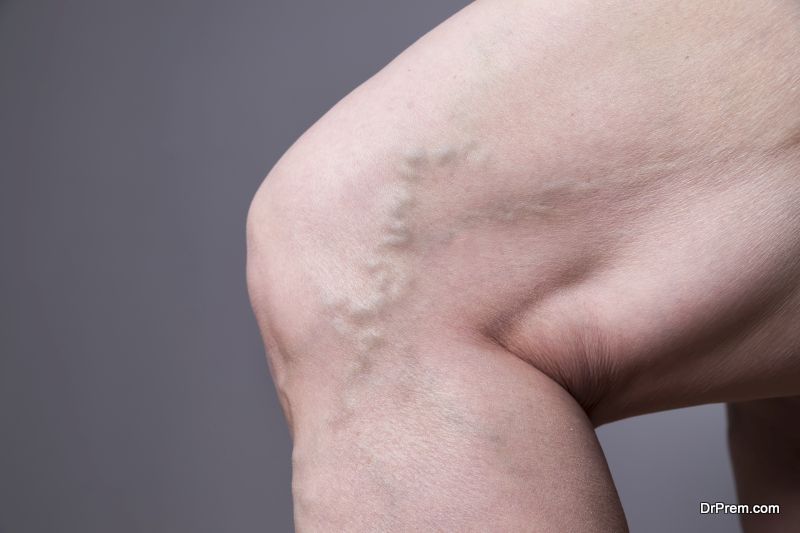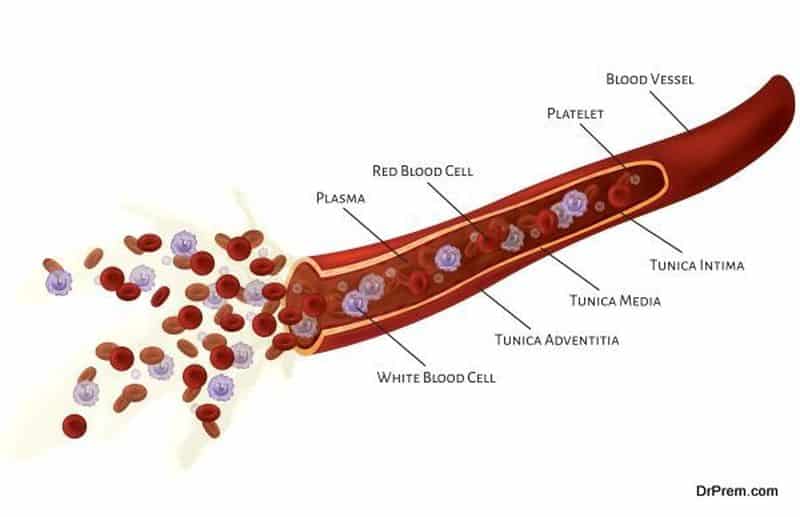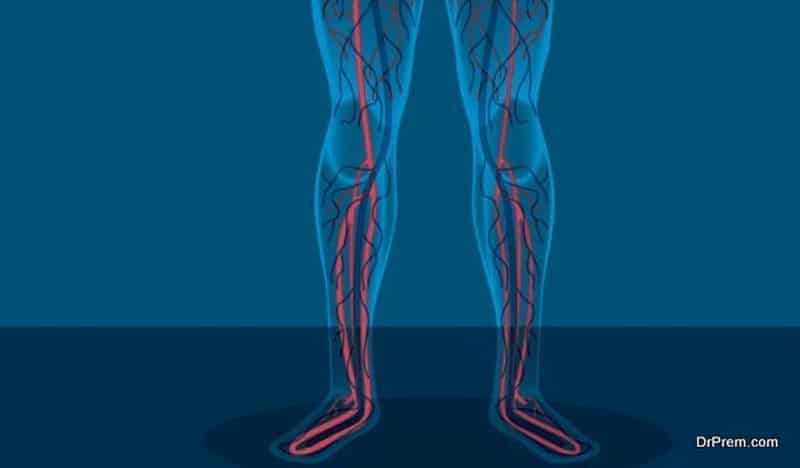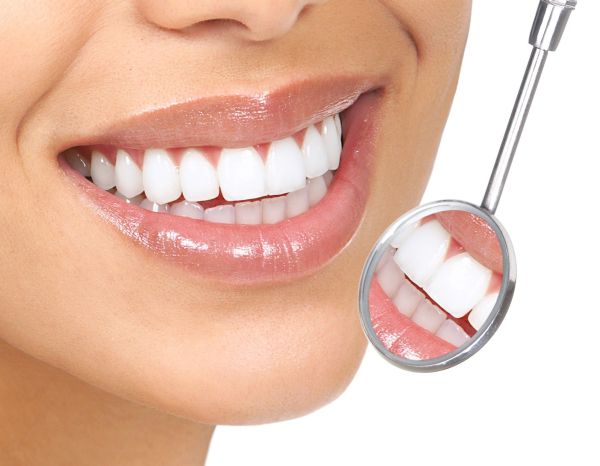Varicose and thread veins affect many people, and in some age groups, they can affect almost 50% of the population. Several factors can contribute to the likelihood of developing varicose veins, including your family history, sex, weight, activity levels, and lifestyle. If one or both of your parents has varicose veins, you could have up to a 90% chance of developing them yourself. Varicose veins and thread veins have many similarities, but also some important differences when assessing whether your veins are a danger to your health.
What Causes Varicose and Thread Veins?
Both types of veins are blue, red, or purple and are clearly visible on the surface of the skin. Thread veins are caused by the same factors as varicose veins, but they are smaller and don’t protrude from the skin as much. These types of veins are usually on the lower leg, such as the calves and behind the back of the knee, or are on the thighs and buttocks.
The primary cause of both ailments is weakened valves. The heart pumps blood around the body, and the veins then push the blood back towards the heart. The veins in the legs have to work particularly hard against gravity. When small valves in the veins become weakened, the blood cannot be pumped efficiently, and the blood doesn’t get pushed back as much. As a result, it pools around the veins and leaks into the surrounding tissues. This causes the vein to swell and bulge under the skin.
There are a number of different factors that can contribute to the veins losing their strength. Genetics play a big part, but lifestyle and overall health are also key drivers in whether or not you will develop varicose or thread veins. If you are overweight or spend a large amount of time on your feet, your chance of developing varicose veins could be increased. In addition, it is very common to develop these types of veins during pregnancy, primarily in the groin area due to the pressure of the baby on the pelvis, but there are a number of reasons which can increase the chances of developing swollen veins at this time.
The first signs you may notice could be aching or throbbing pain in the legs, a heavy or swollen feeling, or an itchy, red rash around the vein. Dr Chaloner from Radiance Vein Clinic explains that thread veins are not dangerous at all – rather, they “are a source of great dissatisfaction because they are quite visible, and most people find them cosmetically unappealing.” However, varicose veins can lead to some complications if they are not dealt with quickly.
What treatments are available?
Depending on the severityof the varicose or thread veins, different treatments may be needed. For thread veins, compression stockings may be enough to support the veins and reduce any painful swelling. If this doesn’t help, injection sclerotherapy is an effective treatment to consider.
For varicose veins, you may need to look into sclerotherapy, laser treatments (endovenous or external), or radiofrequency occlusion, as well as the ClariVein technique.
How Do I Know if a Vein Needs Urgent Treatment?
If varicose veins are not treated, some complications can arise which may cause you further pain or delay healing.
A long-term leakage of blood into the tissues around the vein can cause sores or skin ulcers to form. This can be a very painful experience, and the sores may not heal until the vein is repaired.
If you see that the skin around the vein is turning red, keep an eye out for further pain developing. If the vein becomes very swollen, firm, and tender, this may indicate that a blood clot is forming below the skin. Experiencing these symptoms alongside a “pulling” feeling in the leg, could be a sign that a deeper clot is forming, known as deep vein thrombosis (DVT). This type of blood clot is particularly dangerous, as it can travel through the veins to the lungs. If the blood clot reaches the lungs, it can be fatal.
In saying that, the majority of the time varicose veins will not be dangerous. Thread veins are even less serious and can be dealt with, in most cases, with simple, yet effective, treatments. If you notice any alarming symptoms or feel that the pain in your veins is becoming very severe, speak to your doctor promptly to organise an escalation in treatment.
Article Submitted By Community Writer









